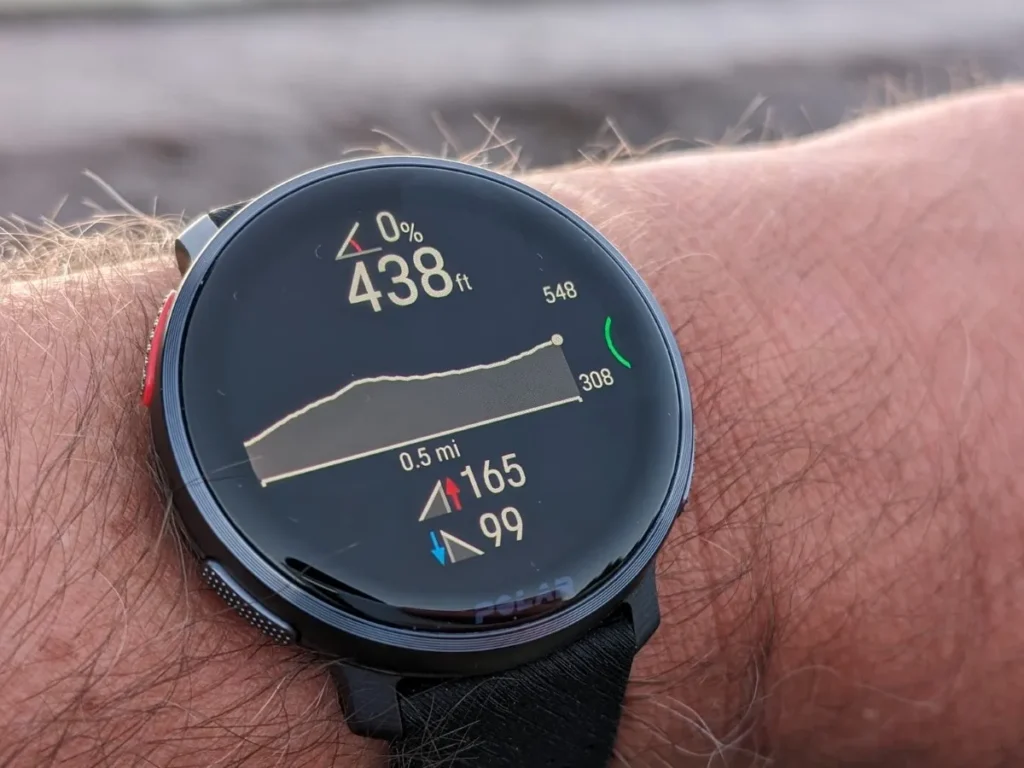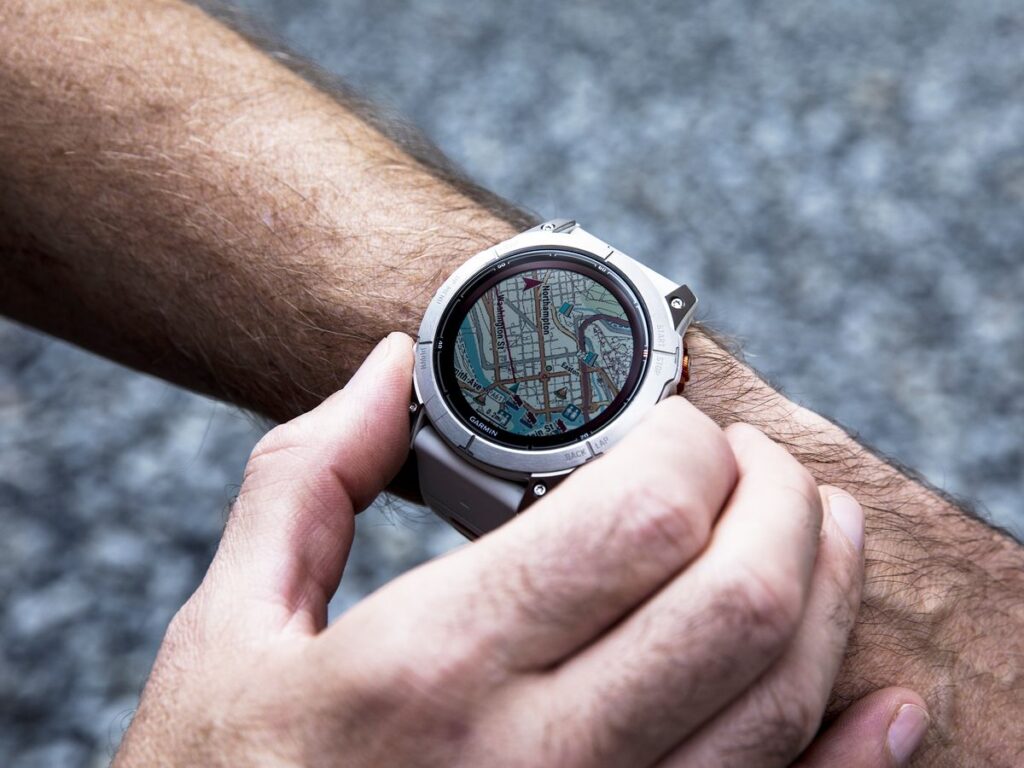Introduction
In the realm of sports and fitness, precision and performance are paramount. Over the years, sports watches have evolved from simple timekeeping devices to sophisticated tools that monitor and enhance athletic performance. Central to this evolution is GPS (Global Positioning System) technology, which has revolutionized sports watches by providing accurate location tracking, route mapping, and detailed performance metrics. This article delves deep into the transformative impact of GPS technology on sports watches, exploring its capabilities, benefits, and future prospects.
Understanding GPS Technology
GPS technology operates through a network of satellites orbiting the Earth, transmitting signals that enable devices equipped with GPS receivers to determine their precise location anywhere on the globe. Originally developed for military purposes, GPS has since become an indispensable tool in various civilian applications, including sports and fitness.
In sports watches, GPS technology typically works in conjunction with other sensors and algorithms to track a wide range of metrics such as distance traveled, speed, pace, elevation gain, and route taken. This wealth of data provides athletes and fitness enthusiasts with invaluable insights into their performance, allowing for more informed training decisions and goal setting.
Evolution of GPS in Sports Watches
The integration of GPS into sports watches marks a significant technological advancement. Early GPS-enabled sports watches were bulky and had limited battery life, but advancements in miniaturization and power efficiency have led to sleeker designs with longer-lasting batteries. Today, GPS is a standard feature in many high-end sports watches, catering to diverse athletic disciplines from running and cycling to hiking and swimming.
Benefits of GPS-Enabled Sports Watches
1. Accurate Distance and Route Tracking:
GPS-enabled sports watches provide precise measurements of distances covered and routes taken, eliminating the need for manual mapping or estimation. This accuracy is particularly beneficial for runners and cyclists who rely on distance-based training programs.
2. Performance Analysis:
By recording data such as pace, speed variations, and elevation changes, GPS watches allow athletes to analyze their performance in detail. This analysis can reveal strengths and weaknesses, aiding in targeted training and improvement strategies.

3. Navigation and Safety:
GPS-equipped watches often feature navigation capabilities, guiding users along predefined routes or helping them explore new trails confidently. In remote or unfamiliar terrain, this navigation function enhances safety by preventing getting lost.
4. Competitive Edge:
For competitive athletes, GPS technology offers a competitive edge by enabling strategic planning based on real-time performance metrics. This includes pacing strategies, tactical adjustments, and informed race-day decisions.
Applications Across Different Sports
1. Running:
In running, GPS watches track metrics like distance, pace, cadence, and heart rate, providing runners with insights into their training efficiency and progress over time. Advanced features may include VO2 max estimation and recovery advisor tools.
2. Cycling:
Cyclists benefit from GPS watches that monitor speed, distance, elevation changes, and even cycling-specific metrics like power output and pedal cadence. These metrics aid in optimizing training efforts and analyzing performance during races or long rides.
3. Swimming:
Waterproof GPS watches designed for swimming track metrics such as stroke count, distance per stroke, and lap times. They offer swimmers the ability to analyze their technique and monitor performance metrics both in pools and open water.
4. Hiking and Outdoor Activities:
GPS watches designed for hiking and outdoor activities provide navigation features, altimeter readings, and weather alerts. These watches are ruggedly built to withstand challenging environments, ensuring reliability in remote wilderness areas.
Innovations and Future Trends
1. Enhanced Battery Life:
Continued advancements in battery technology are extending the operational life of GPS watches, addressing a common concern among users who engage in prolonged activities or multi-day events.
2. Integration with Biometric Sensors:
Future GPS watches may integrate more seamlessly with biometric sensors to provide real-time feedback on physiological parameters such as hydration levels, muscle oxygenation, and stress levels.
3. Smartphone Integration:
GPS watches are increasingly integrating with smartphones to enhance functionality, such as receiving notifications, syncing data to fitness apps, and accessing enhanced mapping features.
4. Health and Wellness Monitoring:
Beyond athletic performance, GPS watches are expanding into comprehensive health and wellness monitoring, including sleep tracking, stress management, and heart health assessments.
Conclusion
GPS technology has transformed sports watches into indispensable tools for athletes and outdoor enthusiasts alike. By providing accurate location tracking, detailed performance metrics, and enhanced navigation capabilities, GPS-enabled sports watches empower users to optimize their training, enhance safety, and achieve their fitness goals more effectively. As technology continues to evolve, the future holds promising advancements that will further enrich the capabilities of sports watches, solidifying their role as essential companions in the pursuit of athletic excellence and outdoor adventure.



